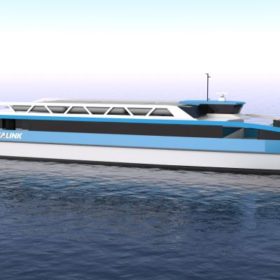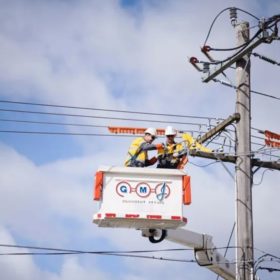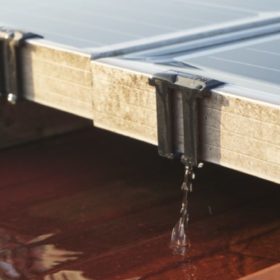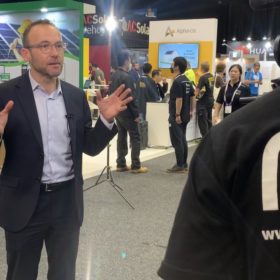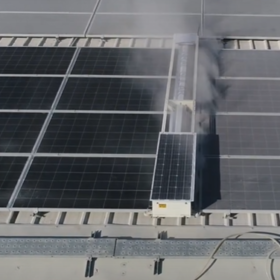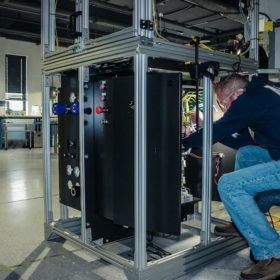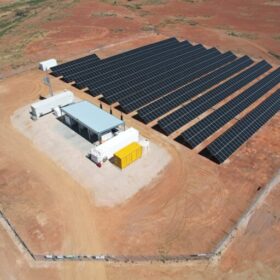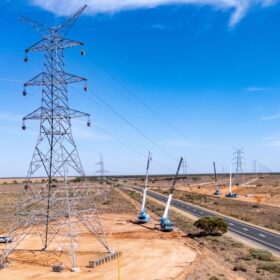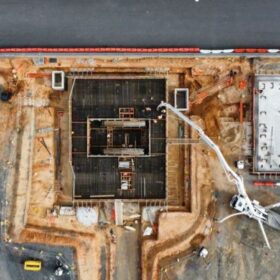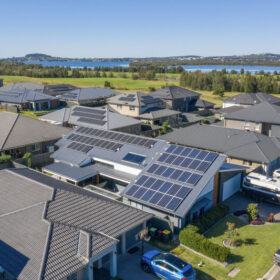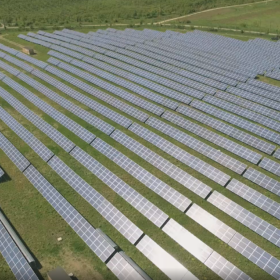Sealink to sink $20.6 million into ‘world-first’ green hydrogen ferry project
Queensland-based transport group SeaLink Marine & Tourism has won state government backing to build a “world-first” internationally compliant renewable hydrogen-powered passenger ferry.
Maxeon unveils home energy management system
Maxeon Solar Technologies has released an integrated home energy management system to engage with solar PV, batteries, heating, cooling, and appliances.
Victorian networks seek smart solutions to counter grid constraints
A trio of Victorian electricity distributors are turning to new, smarter technologies including more battery energy storage systems and demand management programs as they seek to meet changing customer needs and improve grid reliability in areas where the low-voltage distribution network is constrained.
Sumitomo says hydrogen project can show way for sector
Japanese industrial heavyweight Sumitomo Corporation has declared a green hydrogen pilot plant to be built at resources giant Rio Tinto’s Yarwun alumina refinery near Gladstone in Queensland has the potential to shape the future of the heavy industry sector in Australia.
Storing renewables with high-rise elevators
Lift Energy Storage Technology is a proposed long-term storage solution that relies on elevators to bring solid masses to the tops of buildings in charging mode. It then lowers the same mass to produce electricity in discharge mode.
New water-draining device for rooftop PV systems
Portuguese startup Solarud has developed a way to eliminate soiling around the frames of PV panels with low inclination slopes. The device drains water that would otherwise stay stagnant on the surface of modules.
Greens propose to electrify entire town in ambitious new pilot, providing household EVs
The Greens are proposing to electrify an entire Australian town and a suburb in a major city, including providing electric vehicles for households, the party’s leader Adam Bandt has revealed. The proposed pilot, which would be enabled by a $235 million fund, was inspired by Australian Saul Griffith’s ‘electrify everything’ campaign.
Renac Power unveils high-voltage residential battery
Renac Power’s new plug-and-play battery has a storage capacity of 3.74 kWh, but it can be enhanced in series with up to five batteries to 18.7 kWh. It has a nominal voltage of 96 V and a voltage range of 81 V to 108 V.
Self-powered, dry-cleaning robot for solar panels
Enray Solutions has developed an autonomous, water-free cleaning robot for ground-mount solar installations that draws its power from an on-board PV panel and battery. The robot is designed to withstand the harsh environmental conditions of all kinds of terrain.
US startup claims hydrogen output for $1.2/kg or less via new water vapour electrolyser
Advanced Ionics has developed an electrolyser that runs at temperatures below 650 C. It is reportedly able to produce hydrogen for US$0.85/kg (AU$1.2/kg) or less. CEO Chad Mason recently spoke with pv magazine to provide a closer look at the water vapour electrolysis tech.
